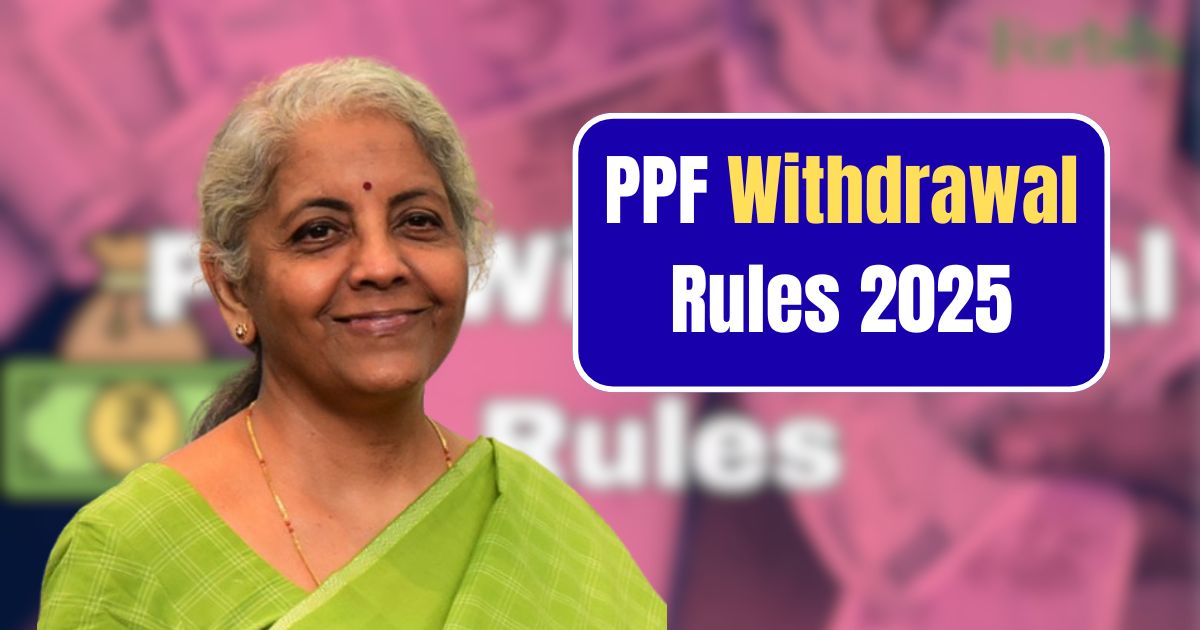Visualize a tax-free nest egg that you have built up over time, but when you really need it, you face bureaucratic obstacles. This situation applies to a large number of PPF holders. However, there is no need to panic, since the year 2025 will bring about the extinction of these difficulties along with the establishment of new rules that will guarantee your security and easy access.
Why PPF Remains A Smart Bet In 2025
The PPF scheme, which is guaranteed by the Government of India, still continues to serve as a fruitful low-risk investment. The account will be credited with an annual interest of 7.1% per annum for the financial year 2025-26 and it will be calculated annually to yield growth. Contributions are allowed as deductions under Section 80C, subject to a maximum of ₹1.5 lakh per annum, while the interest and maturity amount are completely tax-free. With these favorable tax conditions, PPF becomes the best option for retirement or education savings. With the recent Setup of eKYC through Aadhaar, the deposits and withdrawals will be done without any paperwork from July 2025, which means the transactions will be hassle-free and digital.
Partial Withdrawals
If you want cash this way without closing the account, then you can do it partially with the help of withdrawals but only after the account has been maintained for five full years. You can withdraw up to 50% of the amount lying in the last year before the withdrawal as if you are making a wise investment from your future self. To give an example, if by the fifth year your balance is ₹8 lakh, you will be allowed to withdraw tax-free up to ₹4 lakh. You will be allowed to do it only once a year, thus the compounding magic will be kept alive. This feature is very helpful for unexpected things like home repairs, without affecting long-term plans.
Premature Closures
Premature closures are allowed by the PPF scheme under certain circumstances but only after the completion of five years and for the case of life-threatening illnesses of you, your spouse or children, or the case of higher education fees, or if you are an NRI. There is an interest penalty of 1% on the principal that applies which highlights the scheme’s savings-first philosophy. Existing NRIs with PPF accounts are required to close them when they reach maturity and transfer the funds into NRO accounts. However, they are not allowed to open new PPF accounts as the rules still apply to only residents.
Maturity and Extensions
When the account matures after 15 years, it will be a time for full withdrawal. No conditions attached. The whole amount—both principal and interest—will be released to you tax-free. Do you want to increase it? You can extend it in five-year blocks, either with or without new deposits. If there are no contributions, then you can take 60% of the balance at the end of the extension year each year. If there are contributions, the same limit applies but keeps the growth going. The account will be automatically extended if not touched thereby getting the 7.1% indefinitely. Pro tip: Choose to extend with deposits via Form H within a year of maturity in order to be able to claim 80C benefits.
Quick Costs And Limits At A Glance
| Feature | Limit/Details | Penalty/Tax |
|---|---|---|
| Annual Contribution | Min ₹500, Max ₹1.5 lakh | None |
| Interest Rate (2025-26) | 7.1% p.a., compounded yearly | Tax-free |
| Partial Withdrawal | 50% of prior year’s balance, post-5 yrs | None |
| Premature Closure | After 5 yrs, for emergencies | 1% on principal |
| Extension Withdrawal | 60% of balance, once/year | None |
| Full Maturity | 100% after 15 yrs | Tax-free |
Also Read: Gas Cylinder Prices Slashed by ₹200 Ahead Of Diwali: Relief For Households
